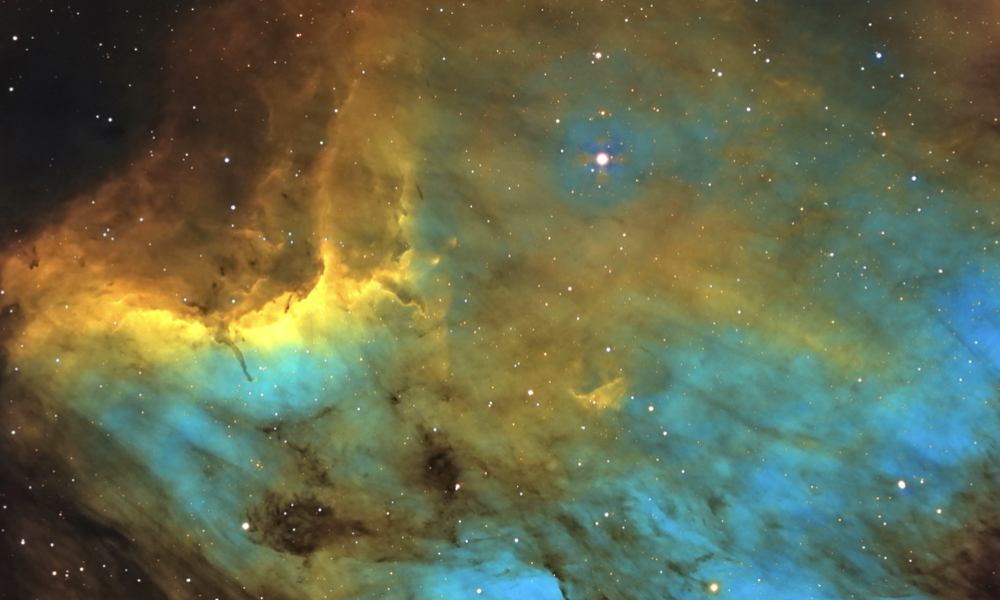
ESA Open Invitation To Tender AO8817
Open Date: 07/04/2017
Closing Date: 19/05/2017 13:00:00
Status: ISSUED
Reference Nr.: 16.197.24
Prog. Ref.: General Studies
Budget Ref.: E/0600-00 – General Studies
Special Prov.: BE+DK+FR+DE+IT+NL+ES+SE+CH+GB+IE+AT+NO+FI+PT+GR+LU+CZ+RO+PL+EE+HU+CA+SI
Tender Type: C
Price Range: 100-200 KEURO
Products: Satellites & Probes / Payloads / Instruments / Optical Instruments / Optical Telescopes / Satellites & Probes / Payloads / Instruments / Optical Instruments / Imaging radiometers
Techology Domains: Others
Establishment: ESTEC
Directorate: Directorate of Tech, Eng. & Quality
Department: System, Software & Technology Department
Division: Future Prep. & Strategic Studies Off.
Contract Officer: Hendriline Hertzog
Industrial Policy Measure: N/A – Not apply
Last Update Date: 10/04/2017
Update Reason: Loaded a new Clarification(English version)
Lunar observations have been used for decades by EO missions for the in-flight assessment of optical instrument performance. The Moon is being used to assess 1) the image quality (PSF, MTF, straylight) and 2) the radiometric performance (radiometric temporal stability, inter-band calibration) of multispectral imagers. The lunar disk appearance changes continuously as a results of the continuously changing geometrical configurations of the Satellite-Moon-Sun system. The lunar disk spectral irradiance variations in time as measured from satellites orbiting around the Earth can be modelled. However, the absolute accuracy of the state-of-the-art model (the so-called USGS ROLO model) is to estimated to be only about 10%. Such an accuracy is not sufficient to use the Moon as as an absolute calibration target to verify the absolute calibration of EO optical sensors. EO optical sensors generally have more stringent requirements in terms of absolute radiometric accuracy (< 5%). We propose to improve the existing lunar disk irradiance model by developing a practical methodology to measure it from the Earth surface using widely available sun photometers. This would allow improving the modelling of the lunar disk spectral irradiance to a new level of accuracy compatible with the most stringent requirements onabsolute calibration of EO optical missions. The Moon could become a single common reference calibration source radiometrically linking with an unpreceded accuracy past, present and future EO missions having planned lunar observations
If you wish to access the documents related to the Invitation to Tender, you have to log in to the ESA Portal.
